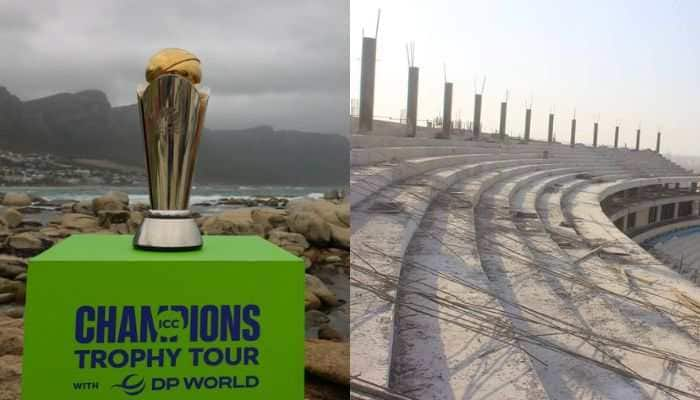Europa may have plate tectonics similar to those on Earth
The findings bolster earlier studies of Europa's surface geology that found regions where the moon's ice shell looks to be expanding in a way that is similar to the mid-ocean spreading ridges on Earth.
Trending Photos
) Image courtesy: NASA/JPL/Space Science Institute (Representational image)
Image courtesy: NASA/JPL/Space Science Institute (Representational image) New York: The icy shell of Jupiter's moon Europa may have plate tectonics similar to those on Earth which could have important implications for the possibility of life in the ocean thought to exist beneath the moon's surface, suggests new research.
The findings bolster earlier studies of Europa's surface geology that found regions where the moon's ice shell looks to be expanding in a way that is similar to the mid-ocean spreading ridges on Earth.
"We have this evidence of extension and spreading, so the question becomes where does that material go?" said Brandon Johnson, Assistant Professor at Brown University in the US and a lead author of the study.
"On Earth, the answer is subduction zones. What we show is that under reasonable assumptions for conditions on Europa, subduction could be happening there as well, which is really exciting," Johnson said.
Part of the excitement, Johnson explained, is that surface crust is enriched with oxidants and other chemical food for life.
Subduction provides a means for that food to come into contact with the subsurface ocean scientists think probably exists under Europa's ice.
"If indeed there's life in that ocean, subduction offers a way to supply the nutrients it would need," Johnson said.
Stay informed on all the latest news, real-time breaking news updates, and follow all the important headlines in india news and world News on Zee News.
Advertisement
Live Tv
Advertisement







)
)
)
)
)
)
)
)
)
)
